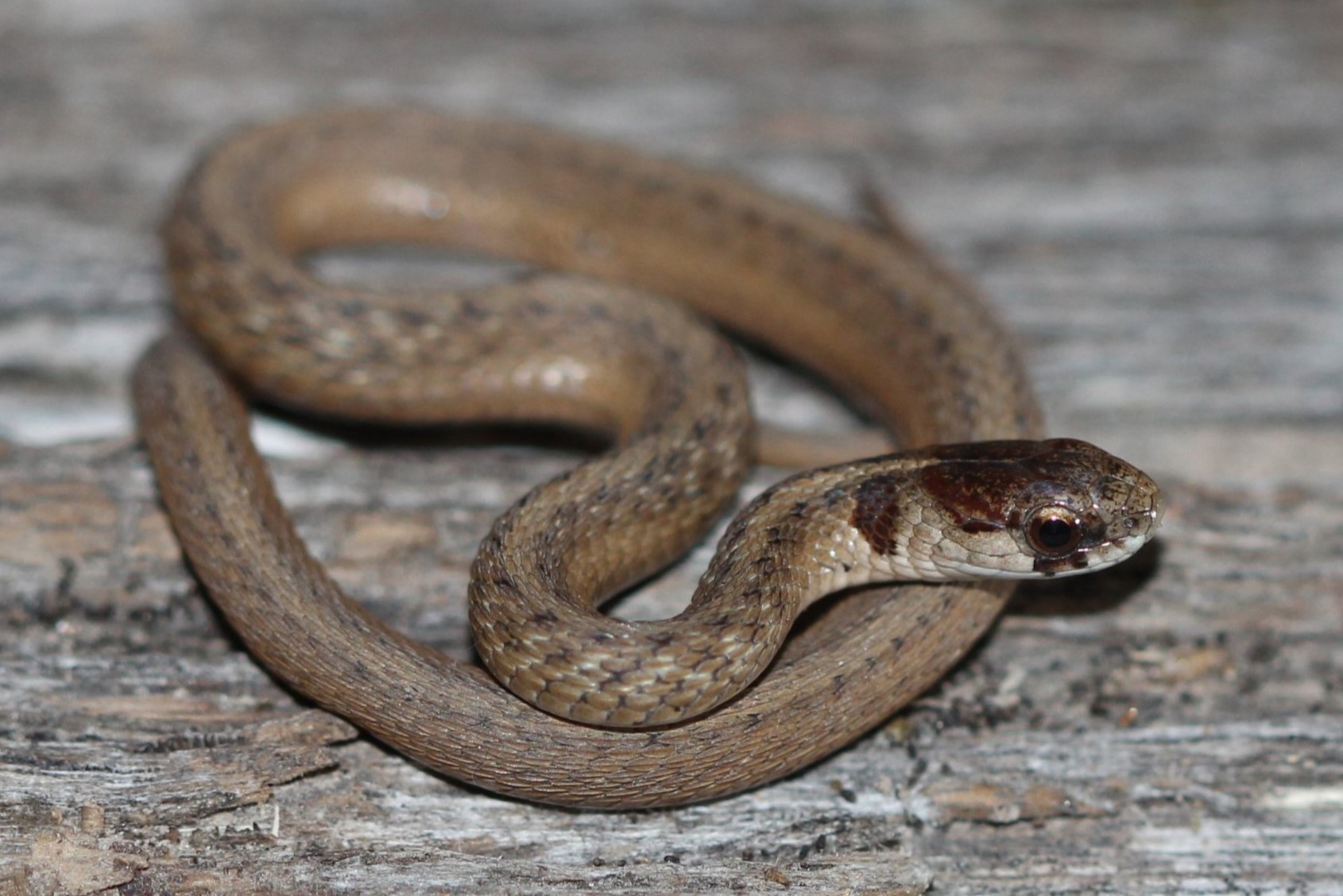
DeKay’s Brown Snake, also known as the Brown Snake or the Storeria dekayi, is a fascinating creature that often goes unnoticed in the world of reptiles. Despite its unassuming appearance, this small snake holds several surprising and astounding facts that make it worth exploring.
In this article, we will delve into the little-known details about DeKay’s Brown Snake. From its physical characteristics to its feeding habits and unique abilities, we will uncover 20 incredible facts that shed light on this remarkable species. So, join us as we take a closer look at the world of DeKay’s Brown Snake and discover why it deserves our attention and appreciation.
Key Takeaways:
- DeKay’s Brown Snake is a small, non-venomous species with a unique appearance, excellent climbing skills, and a varied diet, making it an important part of its ecosystem.
- These snakes are elusive, live in diverse habitats, and play a crucial role in controlling pest populations, showcasing the wonders of the animal kingdom and their ecological significance.
Unique Appearance
DeKay’s Brown Snake, scientifically known as Storeria dekayi, is a small, non-venomous snake species found in North America.
Miniature Size
Measuring between 9-15 inches long, these snakes are among the smallest in North America.
Brown Coloration
As their name suggests, DeKay’s Brown Snakes have a distinct brown coloration, ranging from light tan to dark brown.
Unique Scale Pattern
They are characterized by a row of dark spots or small speckles running down the center of their back, giving them an attractive appearance.
Terrific Tree Climbers
DeKay’s Brown Snakes are excellent climbers and have been observed scaling trees and shrubs in search of food and shelter.
Diet Diversity
These snakes have a varied diet, feeding mainly on earthworms, slugs, and small invertebrates.
Nocturnal Hunters
Being predominantly active at night, DeKay’s Brown Snakes have enhanced sensory organs to navigate and hunt in low-light conditions.
Remarkable Hiding Skills
Due to their small size and excellent camouflage abilities, these snakes are experts at hiding under leaves, rocks, and debris.
Wide Habitat Range
DeKay’s Brown Snakes can be found in a variety of habitats, including forests, woodlands, meadows, and even urban areas.
Secretive Nature
These snakes are elusive and tend to shy away from human contact, making them difficult to spot in the wild.
Live Birth
DeKay’s Brown Snakes are ovoviviparous, meaning they give birth to live young instead of laying eggs.
Minimal Threat
While some may fear snakes, DeKay’s Brown Snakes pose minimal threat to humans due to their non-aggressive nature and lack of venom.
Ecologically Beneficial
These snakes play an important role in ecosystems as they control populations of pests like slugs and insects.
Successful Survivors
DeKay’s Brown Snakes have a high survival rate due to their adaptability and ability to thrive in diverse habitats.
Mating Rituals
During the breeding season, male DeKay’s Brown Snakes engage in courtship behavior, involving a series of head movements and rubbing against the female.
Protective Mothers
After giving birth, female DeKay’s Brown Snakes take care of their offspring for a brief period, ensuring their safety until they can fend for themselves.
Long Lifespan
These snakes have a relatively long lifespan of up to 7 years, given the absence of significant threats in their environment.
Influence on Folklore
DeKay’s Brown Snakes hold cultural significance in some Native American folklore, representing transformation and healing.
Geographic Distribution
They can be found across a large portion of North America, ranging from southern Canada to northern Mexico.
Important Research Subjects
DeKay’s Brown Snakes are often studied in population ecology and behavior research due to their accessibility and abundance in many regions.
Now that you’ve learned the 20 astounding facts about DeKay’s Brown Snake, you have gained a deeper appreciation for this remarkable reptile. From its unique appearance and behavior to its ecological significance, DeKay’s Brown Snake demonstrates the diversity and wonders of the animal kingdom. So, the next time you spot one of these fascinating creatures, remember the intriguing facts you’ve discovered!
Conclusion
In conclusion, DeKay’s Brown Snake is a fascinating creature with a range of unique characteristics and behaviors. From its petite size to its non-venomous nature, this snake has earned its place as a remarkable species. Its ability to thrive in various habitats and adapt to changing environments also showcases its resilience. Whether you come across one in your backyard or stumble upon it during a hike, remember to admire this species from a safe distance and appreciate the important role it plays in our ecosystem.
FAQs
Q: Are DeKay’s Brown Snakes dangerous?
A: No, DeKay’s Brown Snakes are not dangerous. They are non-venomous and pose no threat to humans.
Q: What do DeKay’s Brown Snakes eat?
A: These snakes primarily feed on earthworms, slugs, and small invertebrates.
Q: Can DeKay’s Brown Snakes be found in urban areas?
A: Yes, DeKay’s Brown Snakes are commonly found in urban areas, including gardens, parks, and even backyards.
Q: How big do DeKay’s Brown Snakes typically grow?
A: They usually grow to be around 9 to 15 inches in length.
Q: Are DeKay’s Brown Snakes nocturnal?
A: Yes, these snakes are primarily active during the night and tend to seek shelter during the day.
Q: Can DeKay’s Brown Snakes swim?
A: While they are not strong swimmers, DeKay’s Brown Snakes can swim if needed, especially when crossing small bodies of water.
Q: How can I distinguish DeKay’s Brown Snake from other snake species?
A: DeKay’s Brown Snakes have distinct dark markings on their head and a light-colored stripe down their back, making them relatively easy to identify.
Q: Do DeKay’s Brown Snakes make good pets?
A: While some people may keep them as pets, it is important to note that wild snakes should be left in their natural habitats to maintain ecological balance.
Q: What is the lifespan of a DeKay’s Brown Snake?
A: DeKay’s Brown Snakes typically live for around 3 to 6 years in the wild.
Q: How do DeKay’s Brown Snakes defend themselves?
A: When threatened, these snakes may release a pungent smell, vibrate their tails, and flatten their bodies to appear larger, as a means of defense.
DeKay's Brown Snake is just one example of the fascinating world of reptiles. Delving deeper into the captivating realm of these cold-blooded creatures, you'll find a treasure trove of intriguing facts about reptiles. For those with a passion for the study of these amazing animals, herpetology offers endless opportunities for discovery. And if you're particularly interested in the unique adaptations of non-venomous snakes, the False Water Cobra is another species worth exploring.
Was this page helpful?
Our commitment to delivering trustworthy and engaging content is at the heart of what we do. Each fact on our site is contributed by real users like you, bringing a wealth of diverse insights and information. To ensure the highest standards of accuracy and reliability, our dedicated editors meticulously review each submission. This process guarantees that the facts we share are not only fascinating but also credible. Trust in our commitment to quality and authenticity as you explore and learn with us.


